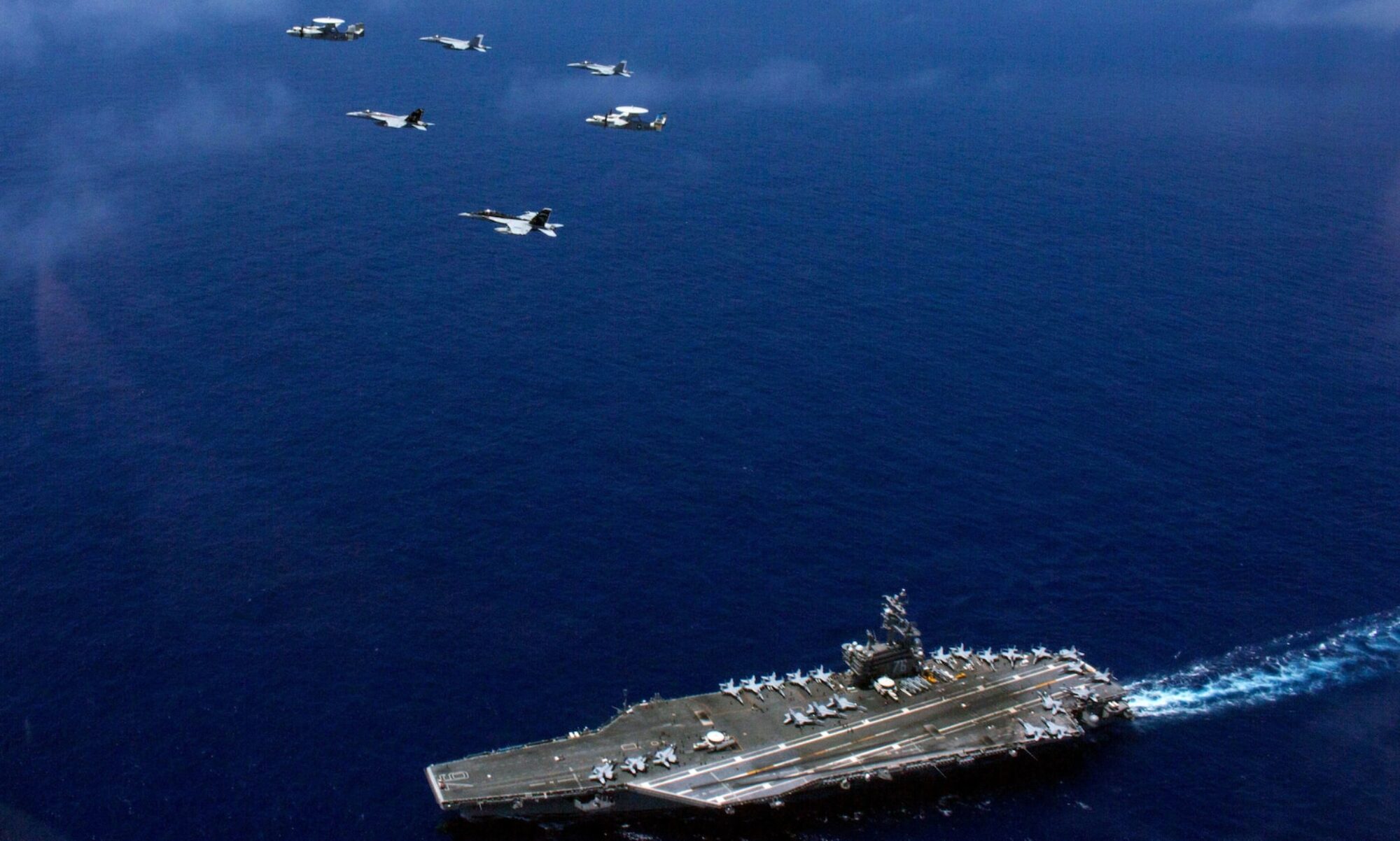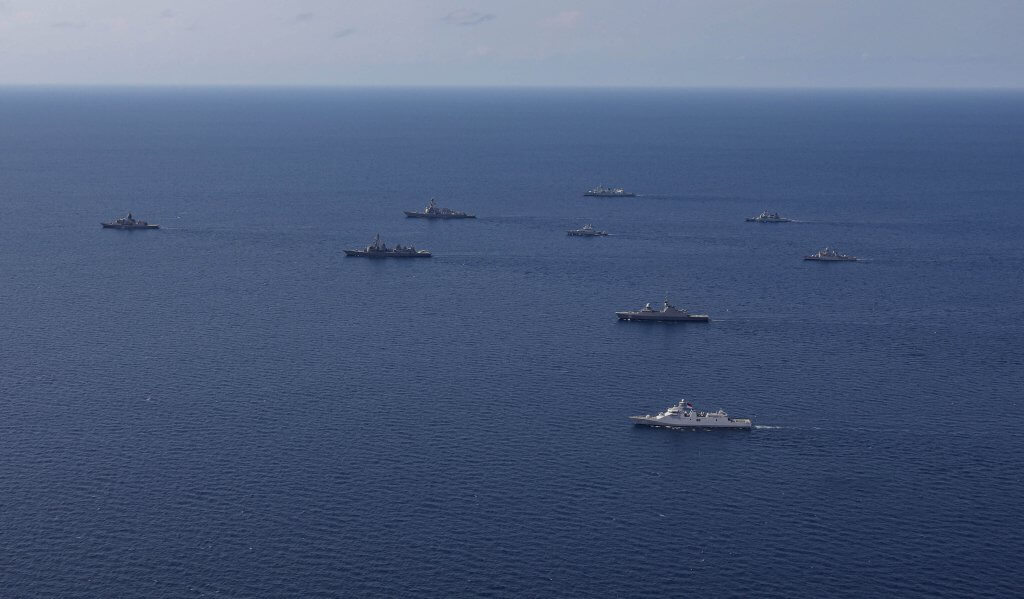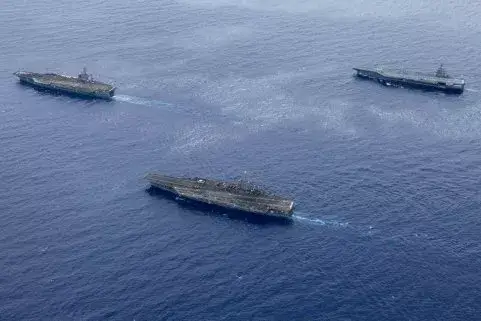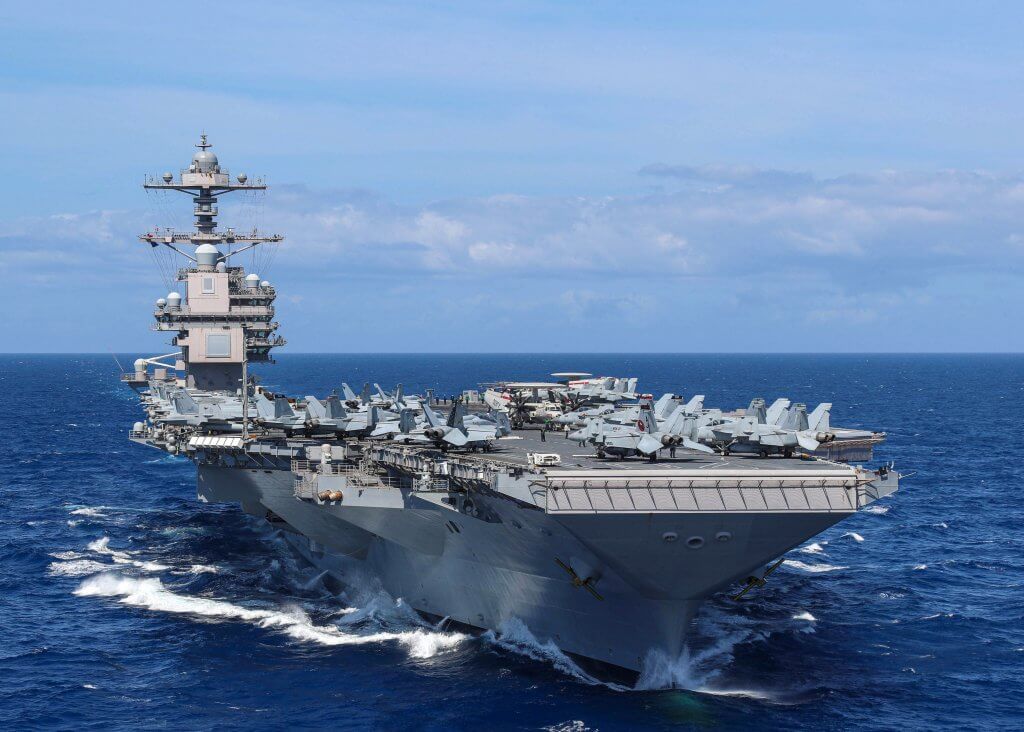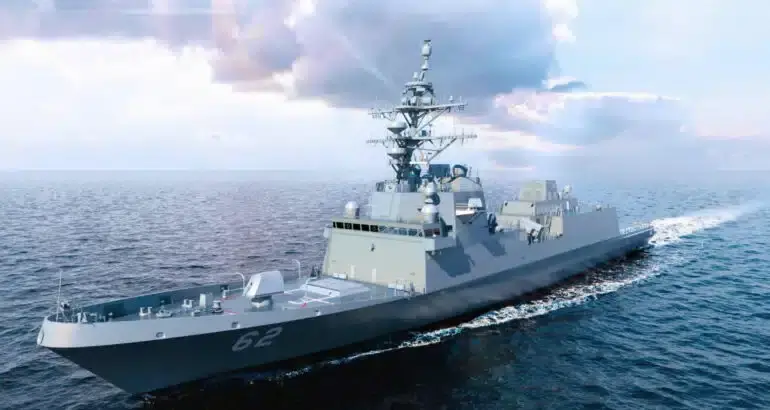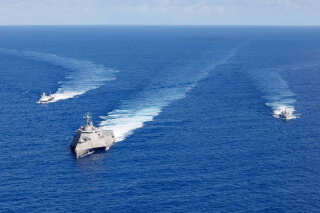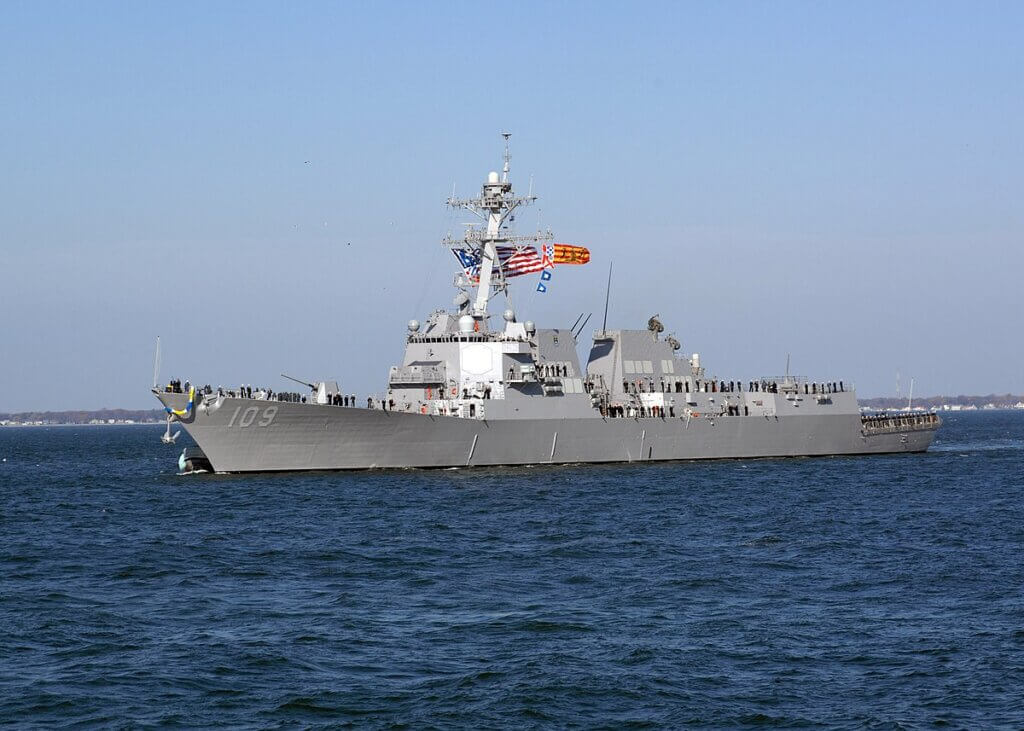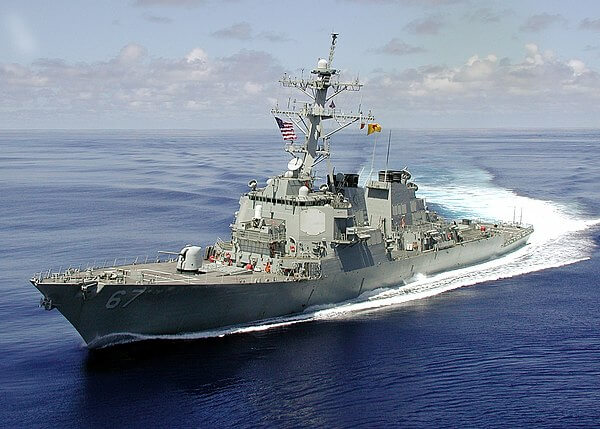

The Pentagon announced today that two U.S. Navy destroyers, the USS Bulkeley and USS Cole, fired around a dozen interceptors to neutralize Iranian missiles aimed at Israel, marking a decisive moment in the ongoing Middle Eastern conflict. This incident, the second time in six months that U.S. forces have intervened to protect Israel, highlights the Navy’s readiness and vital role in defending American allies against emerging threats.
Pentagon spokesperson Major General Patrick Ryder confirmed that the interceptors successfully engaged the missiles, all launched from within Iran. “No other U.S. military assets were used in this operation,” said Ryder, emphasizing the Navy’s capability to respond independently to high-stakes situations. The Iranian missile strike was part of a broader retaliatory attack, with over 180 missiles launched toward Israel. While Israeli air defense also intercepted a significant number of missiles, the collaboration between the U.S. and Israeli forces proved crucial in mitigating the threat.
National Security Advisor Jake Sullivan emphasized the coordinated effort, stating, “U.S. naval destroyers joined Israeli air-defense units in firing interceptors to shoot down inbound missiles.” He confirmed that there were no reports of damage to Israeli aircraft or strategic military assets, indicating the attack had been effectively defeated.
A Demonstration of Global Security and Strategic Alliances
This interception by U.S. Navy destroyers underscores the essential role the Navy plays in maintaining security and stability in regions where threats to American allies are most pronounced. As tensions escalate in the Middle East, the Navy’s ability to rapidly and effectively respond to such threats reaffirms its position as a critical element of U.S. foreign policy and defense strategy.
Iran’s aggressive missile launch followed the assassination of key leaders of Hamas and Hezbollah, indicating a potential escalation in regional conflict. This act of retaliation serves as a reminder of the volatility in the area and the importance of a capable and ready U.S. Navy to respond decisively.
The Navy’s Readiness and Technological Prowess
The successful interception demonstrates the U.S. Navy’s advanced technological capabilities and the rigorous training that ensures its forces can respond to threats worldwide. By intercepting missiles launched directly from Iran, the Navy showcased its ability to operate in real-time under challenging conditions, protecting not only an allied nation but also preserving stability in a critical geopolitical region.
This incident also reinforces the importance of maintaining a strong naval presence in the Middle East and around the world. It highlights why the U.S. must continue investing in advanced naval systems and technology to ensure that American forces remain ready to face emerging threats wherever they may arise.
Why This Matters
In an age where missile threats can emerge from any corner of the globe, the U.S. Navy’s actions today stand as a testament to the country’s commitment to defending its allies and maintaining international order. The interception of Iranian missiles by U.S. Navy destroyers was not just an isolated defensive act; it was a powerful demonstration of American strength, readiness, and the vital role that naval forces play in safeguarding democracy and stability worldwide.
A Call to Recognize and Support Our Navy
As Americans, we must recognize the essential role that the U.S. Navy plays in maintaining global security. Today’s actions remind us of the importance of having a well-funded, well-equipped Navy ready to respond at a moment’s notice. The dedication and bravery of our sailors reflect the best of American values and serve as a reminder that we all have a role to play in supporting our Navy.
The mission of Americans for a Stronger Navy has never been more relevant. We urge all citizens to appreciate the Navy’s role in defending freedom and to support efforts to ensure it remains the world’s most capable and ready maritime force.
Please support the Navy and the Americans for Stronger Navy by following us on Facebook or by completing the contact us page by clicking here.